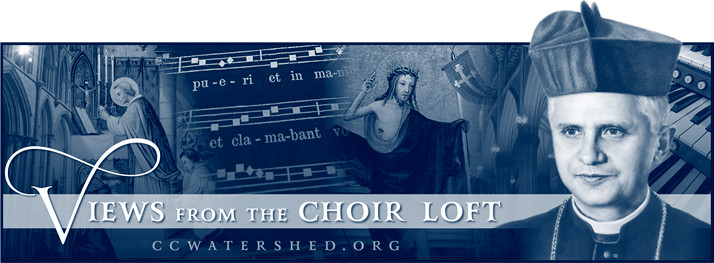 HE INTROIT for Ash Wednesday—from chapter 11 in the book of Wisdom—says: “Miseréris ómnium, Dómine, et nihil odísti eórum quæ fecísti, dissímulans peccáta hóminum propter pæniténtiam et parcens illis.” A very popular Extraordinary Form hand-missal was published by Francis Xavier Lasance (d. 11 dec 1946). 1 Notice the way he translates that verse: “Thou hast mercy upon all, O Lord, and hatest none of the things which Thou hast made, winking at the sins of men for the sake of repentance, and sparing them.”
HE INTROIT for Ash Wednesday—from chapter 11 in the book of Wisdom—says: “Miseréris ómnium, Dómine, et nihil odísti eórum quæ fecísti, dissímulans peccáta hóminum propter pæniténtiam et parcens illis.” A very popular Extraordinary Form hand-missal was published by Francis Xavier Lasance (d. 11 dec 1946). 1 Notice the way he translates that verse: “Thou hast mercy upon all, O Lord, and hatest none of the things which Thou hast made, winking at the sins of men for the sake of repentance, and sparing them.”
Where did Father Lasance get that translation, and why does it matter?
![]()
Whence Wisdom’s Winking?
When it comes to the Father Lasance liturgical translations, I had been under the impression he took his Ordo Missæ from a Catholic hand-missal published in 1806 (London) and the Scripture passages from the so-called “Douay-Rheims” translation. Let us look at the Father Lasance hand-missal, published—as far as I can tell—in the 1930s (English-only) and 1940s (English/Latin version). I believe Father Lasance took his translation directly from an 1806 (Roman Catholic) hand-missal published in London:
![]()
This translation seems to have been widely adopted; e.g. it appears in Mass and Vespers (Solesmes Abbey, 1957):
![]()
This translation does not come from the so-called Douay-Rheims Bible. The reason I say “so-called” is because what people call the “Douay-Rheims” is actually a revision by Bishop Richard Challoner (d. 1781), which is quite different from the authentic Douay-Rheims translation. The Douay-Rheims-Challoner does not use “wink,” and neither does Monsignor Ronald Knox, as you can see:
![]()
The original Douay-Rheims also does not use the word “wink”—instead using an unfamiliar word (“dissemble”) which the dictionary says means: conceal one’s true motives, feelings, or beliefs; disguise or conceal (a feeling or intention).
![]()
The 1990 Gregorian Missal does not use the word “wink,” as you can see:
![]()
The 1965 Missal does not use “wink,” as you can see:
![]()
Here is what the Westminster Bible says:
* PDF Download • Westminster Bible
—The Westminster Version of the Sacred Scriptures was produced by Roman Catholics in England.
My understanding is that Father Adrian Fortescue (d. 1923) assisted William Wilfred Oates with the creation of a hand-missal, but I have never been able to obtain a copy. I would like to see what they did for the Ash Wednesday Introit.

Was He A Jesuit?
Some have asked whether Father Lasance was a Jesuit. Here is what a liturgical expert replied:
“Lasance was not a vowed member of the Company of Jesus. He was trained by them (classics and philosophy) at Xavier College in Cincinnati, did his theology at St Meinrad, and was ordained for the archdiocese of Cincinnati. It was during the last half of his life that he wrote the many prayer books, missals and devotionalia which were so widely used… He was not exactly of robust health, and he turned the years spent as an invalid to good use as a prolific author. It would not be inaccurate to refer to him as a spiritual son of St Ignatz, but more than that would be wide of the mark…”
Finally, here is how the Introit looked in the Middle Ages:

NOTES FROM THIS ARTICLE:
1 I have never been able to ascertain the exact date of publication for the Missal published by Father Lasance, and it really doesn’t matter because numerous feasts were added after Father Lasance had already died, such as the “new” feast of the Assumption in the 1950s (“Signum magnum appáruit in cælo”).









